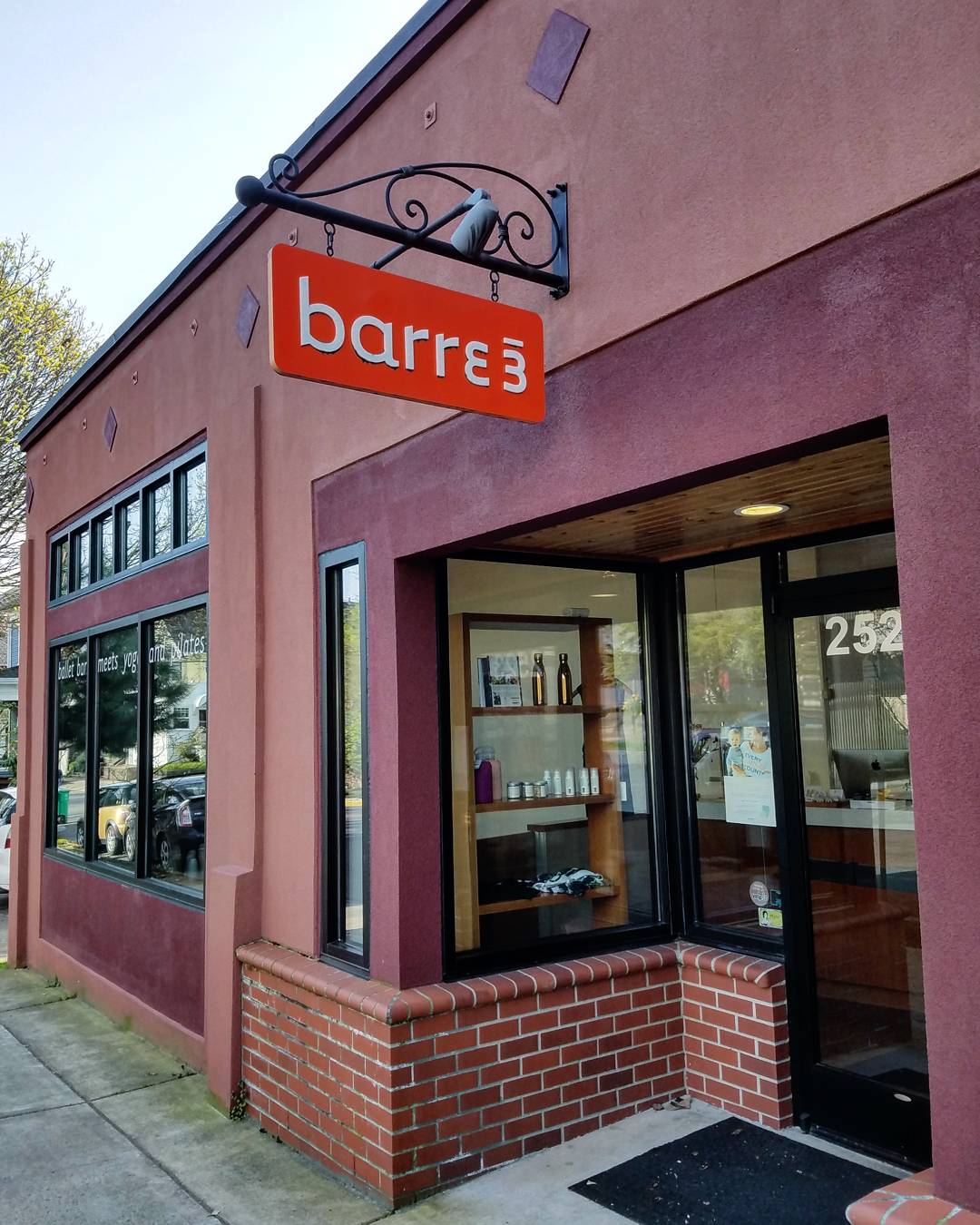What is Physical Therapy (PT)?
Traditional physical therapy is utilized to help clients with functional limitations who show a medical necessity for intervention by a licensed Physical Therapist to help facilitate change and improvements in the body. This may include combination of manual (hands-on) and exercise techniques to help individuals return to more optimal function and then progress independently with a Home Exercise Program, but is limited to therapy that only directly targets your symptom-area.
What is Wellness Care and Body Work?
At Let the Good In, Peter has shifted away from a traditional PT approach alone, so that he can work with your whole body and not be limited to only treating the symptom-area as allowed through insurance-based physical therapy. This will provide you with the best of both worlds, and help you to continue improving beyond your time in therapy.
Let the Good In’s philosophy of “feeling your best starts from within” embodies this shift, and provides treatment and services that empowers you to create your own “wellness.”
Peter’s hands-on treatment sessions usually last about 1 hour and are typically scheduled 2-4 weeks apart to give your body time to fully integrate the changes from each session. You will achieve more value from each session this way and be more prepared to make more changes at the next session.
Sarah’s nutritional, herbal and holistic wellness lifestyle consulting and support services are also available to support you.










